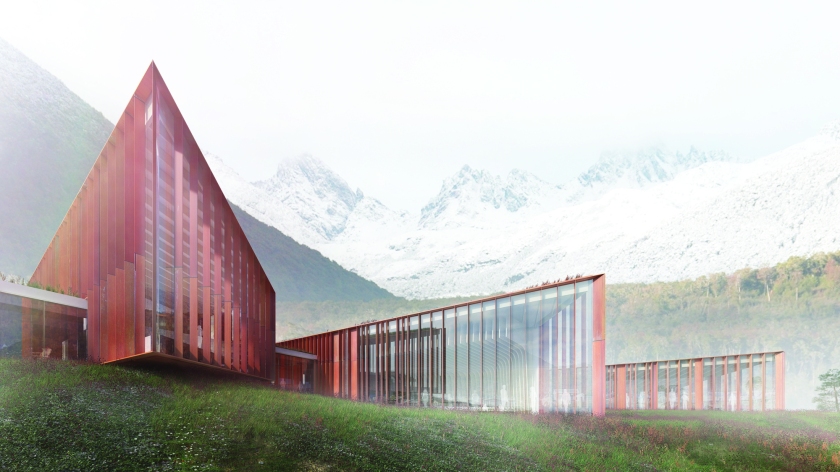By Dr. Shaun Russell
One of Bangor University’s own, professor Dr. Shaun Russell came to give his lecture today. Shaun is the director of Treborth Botanic gardens in Bangor University. Shaun has ample experience in the field with a total of 20 years spent in South Africa conducting research.

Shaun has made regular trips to Puerto Williams, Chile, South America for the newton fund in Treborth gardens. Cape horn provides an incredibly diverse wildlife in the surrounding areas. Shaun and his team were employed by the British embassy to research ‘Miniature forests’ comprised of many species of lichens, mosses and liverworts.

To conduct research on the Tierra del fuego archipelago they converted a 50 tonne fishing vessel to house 12-14 people in the compartments which stored the fish that were caught when the vessel was at sea, which I cant imagine was the best smelling experience ever!
Cape Horn contains invasive species such as the North American beaver (Castor canadensis) and the American mink (Neovison vison) have arrived in this area and the ecological effects have been researched. There have been control programmes put into place to hopefully counter-act these effects.

‘‘Biology these days you need to make it relevant to people’’. Shaun began with this quote as he explained efforts to begin conserving the area of Cape Horn. To get local people involved, field work courses were set up, to educate the masses, training for tour guides from visiting cruise liners that often frequent the archipelago.
By going to these efforts to educate the masses, Shaun hopes to raise awareness and get as many people involved in local conservation of this picturesque landscape and incredible wildlife.
Their conservation project hope to protect from mining, peat and fishing industries that have been exploiting these local resources.
With support from the current president, who opened the ‘miniature forests’ mentioned above, they hope to make major improvements and with the president announcing major development plans last year for extreme zones. Together they hope to be able to open a £10 million research centre in Cape Horn.

This centre is planned to contain a visitor centre for locals and tourists, a training centre and a conservation centre. The conservation also hope to expand their area of jurisdiction of their ‘Biosphere’ which means all within this ‘Biosphere’ is protected from the exploitation of resources, this is the first bio-reserve in 20 years in Chile.
This expanding hopes to expand 60 degrees south to contain sub-marine mountains, these mountains were dredged and mass amounts of large sponges were found meaning that these mountains contain life.
The research station project is part-funded by Bangor Universities ESRC (Economic and Social Research Council) impact acceleration account under the RCUK’s (Research Council United Kingdom) global challenges research fund.
My Opinions
This lecture revealed some insights into an ongoing research that appears to be gaining a huge amount of momentum to be able to carry out to the full extent their aims for this conservation project. Shaun and his team have received some very positive feedback and even managed to gain the president’s approval. I think an underlying message and maybe lesson is that it is always beneficial to try and get local governments and people on side whilst trying to complete something of this magnitude.
Thanks for reading,
Cian.
